- Tempered Glass
- Double or Triple Insulated Units with Low-E Glass
- Laminated Glass
- Bulletproof Glass
- (Oversize) Glass Up to 130″X236″
- Shower Door and Entrance Doors
- Custom Shapes & Cuts
- Countersink Holes
- Pin-Point Precision
- Custom Table Tops with Multiple Edge Profiles
- Radius Edges
- CAD & .dxf Files Accepted
- Variety of Glass Substrates
- Glass Coatings
- Multiple Types of Mirrors
- Custom Edge Work
- Curved Glass (Single or Laminated)
- Miter or Bevel Edge
We offer a wide range of glass types, tailored to your needs. From safety to aesthetics, find your perfect match with us!
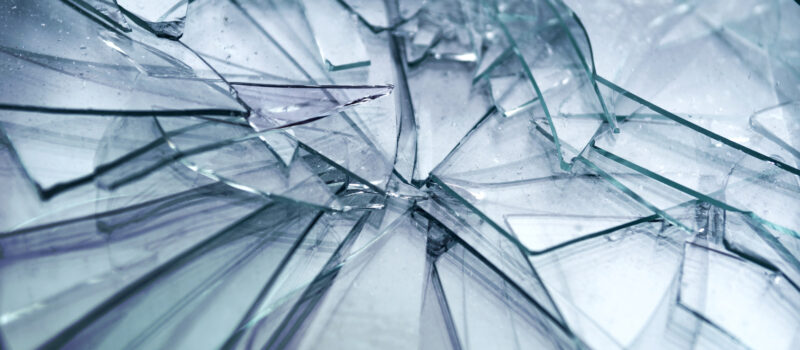
Annealed Glass
The process to make annealed glass is very meticulous. This glass is created by cooling a panel of float glass in a controlled process to reduce stress and strengthen the material. Annealed glass can break into large shards and sharp pieces, so it is not an ideal choice for windows.
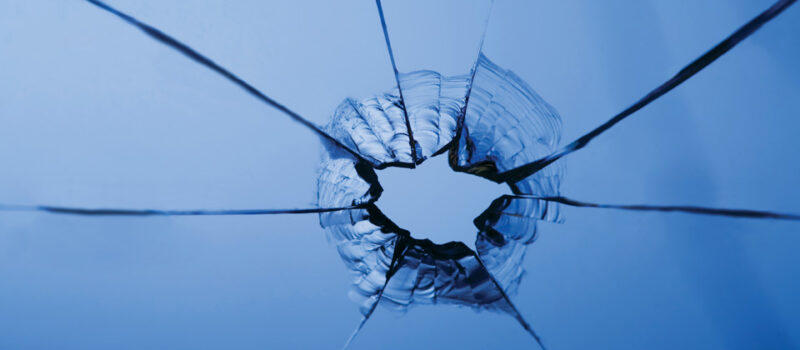
Heat Strengthened Glass
Heat strengthened glass is a tough glass that’ s been reheated above 1200 and then cooled. Though it is a tougher material, it can still be broken and is not often used for exterior windows.
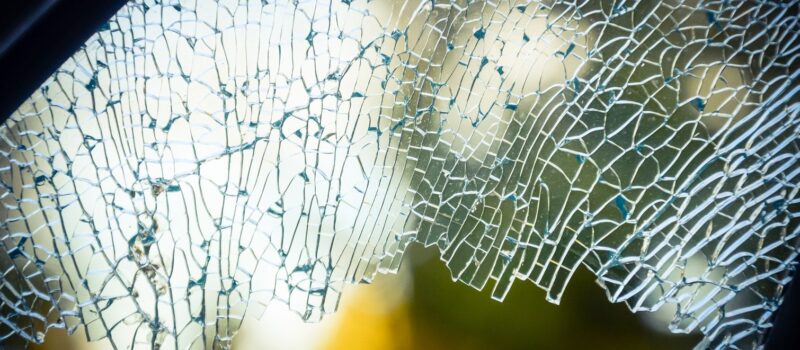
Tempered Glass
Annealed glass, with added strength, becomes tempered glass. Tempered glass cannot be cut, so it is finished to a desired size. This type of glass is highly resistant to breaking and is often used in cars, shower doors, storefronts, etc.
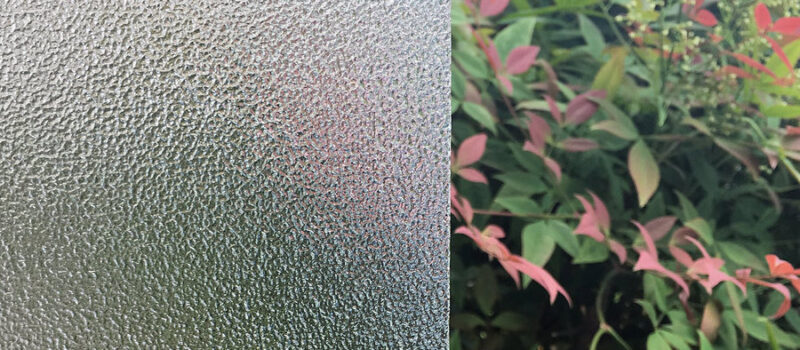
Obscured Glass
As the name implies, obscured glass is glass that allows light through but doesn’t provide clear visibility. It can be achieved through frosting, etching, coatings, acid washing, or other designs. This type of glass is particularly useful for enhancing privacy. If you’re considering using glass for a wall or door but prefer not to have it completely transparent, obscured glass could be a suitable option for you.
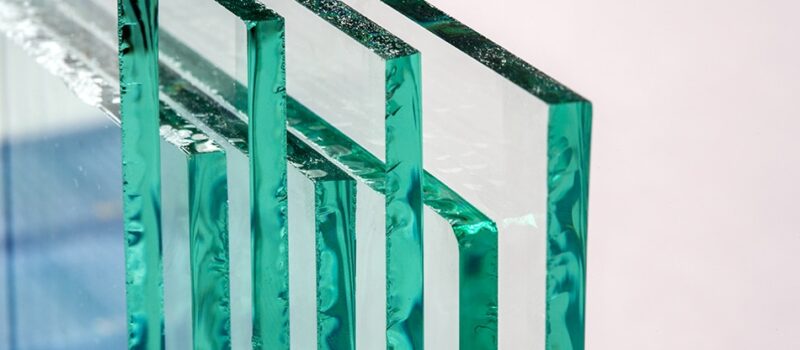
Float Glass
This is a basic type of glass named for its production process. The process involves forming molten glass into large flat panels by floating it on molten tin. This results in very smooth, thin, and large glass panels. Float glass is a popular and cost-effective choice for windows, doors, or panels.
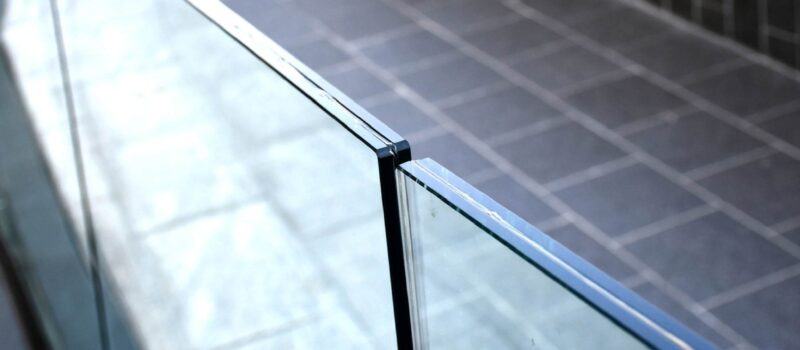
Custom Laminated Glass
A highly durable type of glass, Tempered Safety Laminated glass is commonly used for security purposes. It is constructed with layers of EVA, PVB, or SGP, making it highly resistant to shattering.
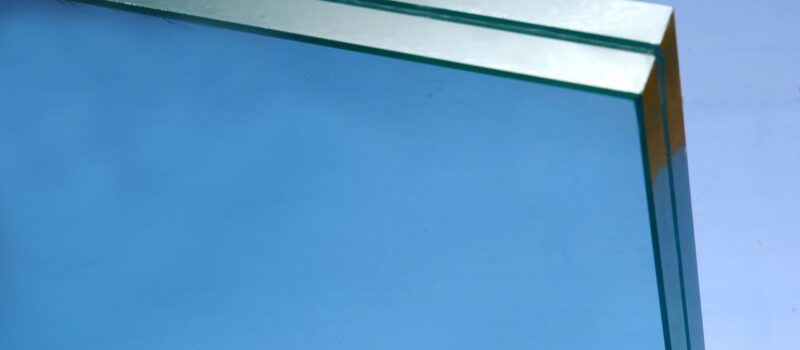
Safety Laminated Glass
A highly durable type of glass, Annealed Safety Laminated glass is commonly used for security purposes. It is constructed with layers of EVA, PVB, or SGP, making it highly resistant to shattering. This type of glass is frequently utilized in car windshields.
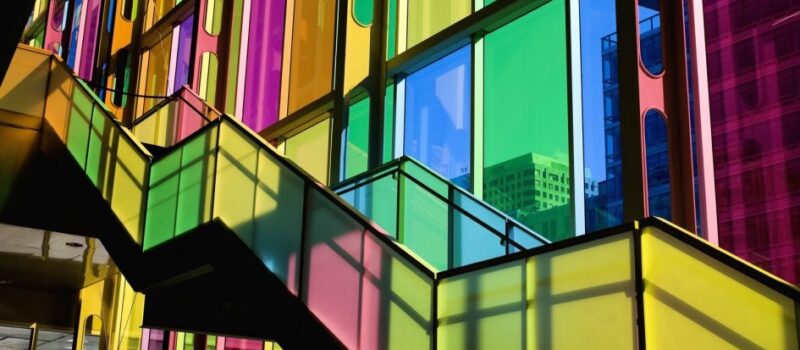
Tinted Glass
Tinted glass is infused with added coloring, typically to reduce sunlight penetration. It offers protection from harmful UV rays, making it a popular choice for skylights or decorative panels. It can be used for privacy, aesthetic purposes, or to regulate sunlight exposure.
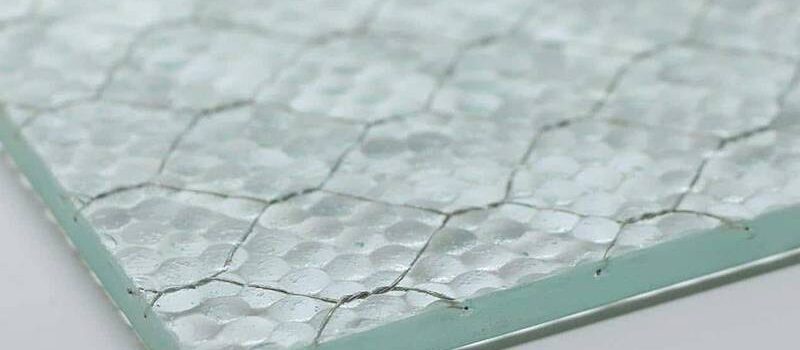
Wired Glass
Wired glass has been used for decades to prevent glass from shattering in emergencies. Reinforced with wire mesh, it’s more durable and fire-resistant compared to float glass. Also known as Georgian wired glass, it features wire mesh as reinforcement. If the glass breaks, the wire mesh holds it in place, reducing the risk of injury from broken glass. Wire mesh glass is available in diamond and square grids.
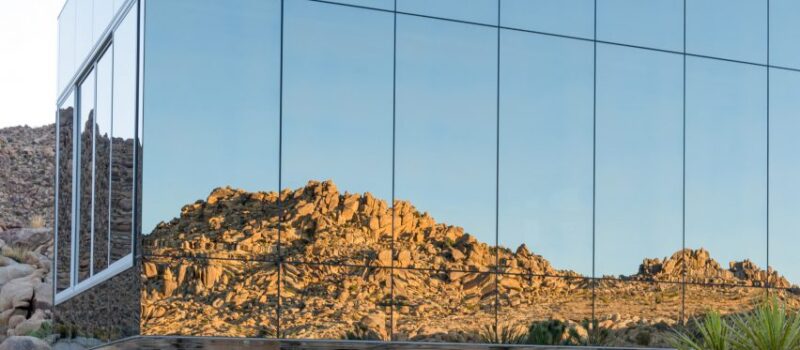
Mirrored Glass
Mirrored glass is produced by applying a metal coating to one side of a panel, resulting in a mirror effect. This elegant glass is often used to add decorative accents to walls and doors.
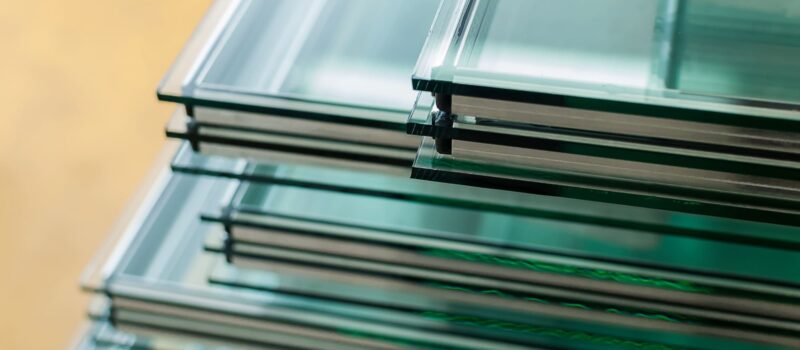
Insulated Glass
Insulated glass enhances energy efficiency in residential or commercial spaces. It typically consists of two or three panes of glass separated by a desiccant component. Opting for insulated glass windows can significantly reduce heating and cooling costs.
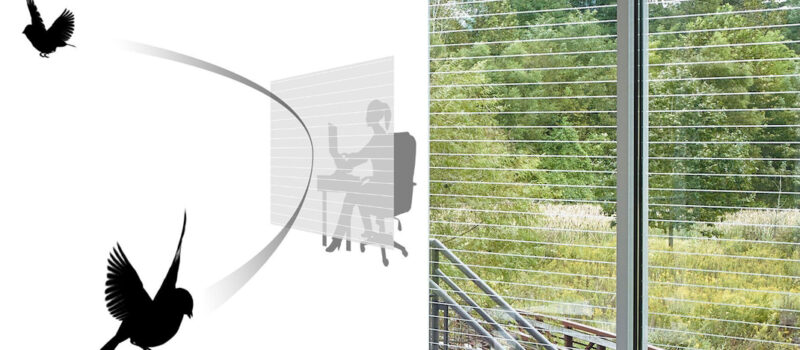
Bird Friendly Glass
Bird-safe glass works by transforming window glass into a barrier that birds will see and avoid. Glass that can be considered safe for birds has patterns (visual markers) across the entire surface to mute or distort the reflections of surrounding elements. The patterning can be made from various design elements.
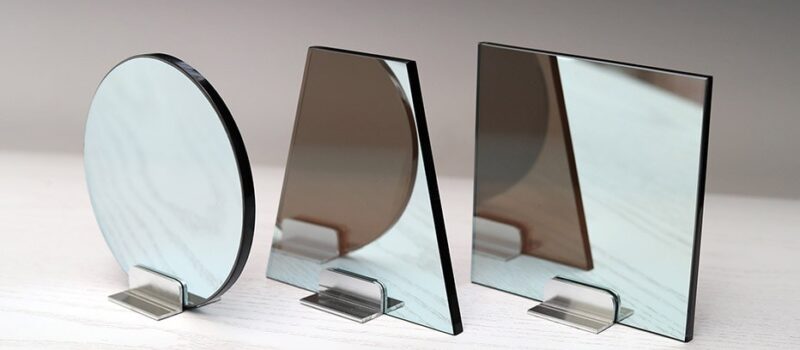
Mirropane
Mirropane™ is an on-line coated glass developed for use as a one-way mirror where clear vision is required and specific lighting conditions can be achieved. It offers an effective means of providing undetected surveillance and high quality one-way vision to achieve complete privacy. In order to maintain privacy in the observing area, the ratio of illumination levels between the public and private side, or observed and observing side, must be at least 8:1.
It is also advisable, if absolute privacy is essential, to have dark furnishings, to wear dark clothing in the area from which observation is taken place, and to ensure the lights on the observed side are not directed at the glass.
Glass Weight Per Square Foot |
|
| Glass Thickness | Appx. LBS |
| 3/32 Single Strength (2.2 mm) | 1.21 |
| 1/8 Double Strength (3.0 mm) | 1.69 |
| 5/32 (3.9 mm) | 2.43 |
| 3/16 (4.7 mm) | 2.51 |
| 1/4 (5.7 mm) | 3.23 |
| 3/8 (10.0 mm) | 4.78 |
| 1/2 (12.0 mm) | 6.36 |
| 3/4 (19.0 mm) | 9.1 |
*All data for reference only.
Approximate Load Limits on Glass Shelved LBS/Square Feet |
|||||
|
Distance in Feet Between Supports |
|||||
| Glass Thickness | 1′ | 2′ | 3′ | 4′ | 5′ |
| 1/4 | 73 | 16 | 5 | 2 | N/A |
|
3/8 |
196 |
45 |
17 |
8 |
3 |
|
1/2 |
345 |
81 |
33 |
15 |
7 |
|
3/4 |
817 |
197 |
82 |
42 |
23 |
Insulating Glass Wind Load Restrictions |
|||
Annealed Glass Maximum Area in Square Feet: 40 LBS Per Square Foot |
|||
| Glass Thickness | Aspect Ratio less than or equal to 2 | Aspect Ratio greater than 2 | Maximum Length |
| 3/32 Single Strength (2mm) | 10 | 8 | 72 |
| 1/8 Single Strength (3mm) | 15 | 13 | 84 |
| 5/32 Single Strength (4mm) | 24 | 20 | 96 |
| 3/16 Single Strength (5mm) | 33 | 27 | 140 |
| 1/4 Single Strength (6mm) | 45 | 37 | 142 |
Insulating Glass Wind Load Restrictions |
|||
Heat Treated Glass Maximum Area in Square Feet: 40 LBS Per Square Foot |
|||
|
Glass Thickness |
Aspect Ratio less than or equal to 2 |
Aspect Ratio greater than 2 |
Maximum Length |
| 1/8 Single Strength (3.1mm) | 22 | 20 | 84 |
| 5/32 Single Strength | 30 | 30 | 96 |
| 3/16 Single Strength | 50 | 50 | 140 |
| 1/4 Single Strength (5.7mm) | 60 | 60 | 142 |
Low-E Performance Data |
||||
| 3/4″ Double Pane | Visible Light | Solar Heat Gain | U Factor (Air) | U Factor (Argon) |
|
Clear / Clear |
81% |
0.76 |
0.48 |
N/A |
|
Low-E-240 (#2) / Clear |
40% |
0.25 |
0.3 |
0.26 |
|
Low-E-270 (#2) / Clear |
70% |
0.37 |
0.3 |
0.25 |
|
Low-E-272 (#2) / Clear |
72% |
0.41 |
0.3 |
0.25 |
|
Clear / Pyrolytic LOW E #3 |
75% |
0.72 |
0.33 |
0.29 |
|
1″ Triple Pane |
Visible Light |
Solar Heat Gain |
U Factor (Air) |
U Factor (Argon) |
|
Clear / Clear |
76% |
0.7 |
0.35 |
N/A |
|
Low-E-270 (#2) / Clear / Low-E-270 (#5) |
55% |
0.35 |
0.19 |
0.15 |
|
Low-E-272 (#2) / Clear / Low-E-272 (#5) |
57% |
0.31 |
0.19 |
0.15 |
|
Low-E-366 (#2) / Clear / Low-E-366 (#5) |
47% |
0.24 |
0.19 | 0.14 |
*All data for reference only.
